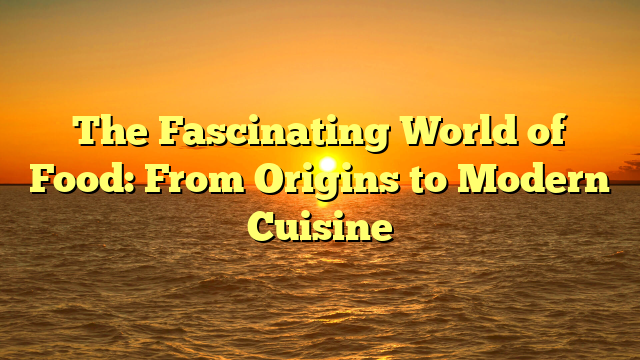
Indonesia is a land of bold flavors, where spice reigns supreme. At the heart of this culinary culture lies sambal, a chili-based condiment that is as versatile as it is iconic. But how did chili—a plant native to the Americas—become an integral part of Indonesian cuisine? The story of sambal is one of cultural exchange, adaptation, and an enduring love for heat.
The Arrival of Chili in Indonesia
Chili peppers are not indigenous to Indonesia. They were brought to the archipelago in the 16th century by Portuguese and Spanish traders during the Age of Exploration. These fiery fruits quickly captured the attention of local communities, who were already skilled in the use of spices like turmeric, ginger, and pepper.
The tropical climate of Indonesia proved ideal for cultivating chili peppers, and they soon became a staple ingredient in local kitchens. Their vibrant heat added a new dimension to the existing spice repertoire, transforming the way Indonesians prepared and enjoyed their food.
The Birth of Sambal
As chilies gained popularity, Indonesians began experimenting with ways to incorporate them into their cuisine. The earliest forms of sambal were simple, made by grinding fresh chilies with salt and a few other ingredients using a mortar and pestle. This method not only crushed the chilies into a paste but also released their natural oils, creating a depth of flavor that was both spicy and aromatic.
Over time, sambal evolved into a versatile condiment, with each region putting its unique twist on the recipe. From the raw and zesty sambal matah of Bali to the smoky and sweet sambal bajak of Java, these variations reflect the culinary diversity of the Indonesian archipelago.
Sambal and Indonesian Culture
Sambal is more than just a condiment; it is a cultural cornerstone. For many Indonesians, a meal without sambal feels incomplete. It is the element that ties together the flavors of a dish, whether it’s a simple plate of nasi goreng (fried rice) or a lavish feast of grilled seafood and vegetables.
Sambal also holds a special place in family traditions. Recipes are often passed down through generations, with each family adding its own secret ingredients or techniques. The act of preparing sambal—grinding chilies, mixing spices, and tasting for balance—is a ritual that connects Indonesians to their heritage.
slot pulsa Spread of Sambal
In recent years, sambal has gained international recognition as the world develops a taste for Indonesian cuisine. Chefs and food enthusiasts have embraced sambal for its bold, complex flavors, incorporating it into dishes like tacos, pasta, and even pizza. This global appeal speaks to sambal’s versatility and its ability to complement a wide range of culinary traditions.
Making Sambal at Home
Creating sambal at home is a rewarding way to experience its rich history. Start with a simple recipe: blend fresh chilies with salt and garlic, then add a squeeze of lime for brightness. From there, experiment with ingredients like shrimp paste, tamarind, or palm sugar to craft a sambal that suits your palate.
The journey of chili from the Americas to Indonesia gave rise to sambal, a condiment that has become an indelible part of the nation’s identity. Its evolution from humble beginnings to a global phenomenon reflects Indonesia’s adaptability and creativity. With every spoonful of sambal, you’re tasting a piece of history—one that continues to spice up lives around the world.





